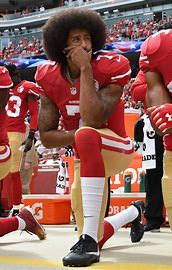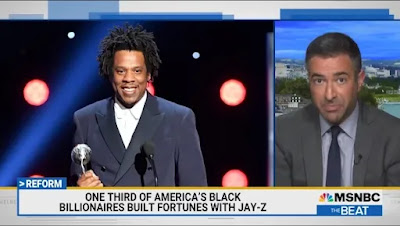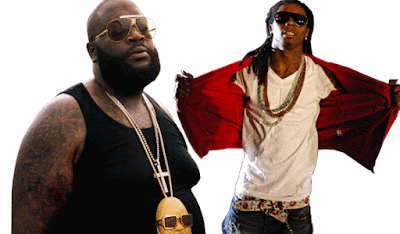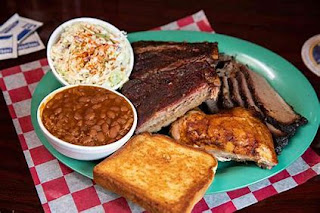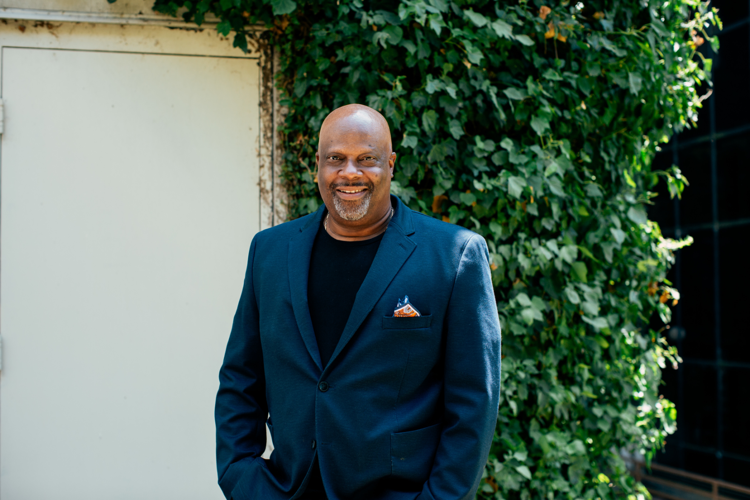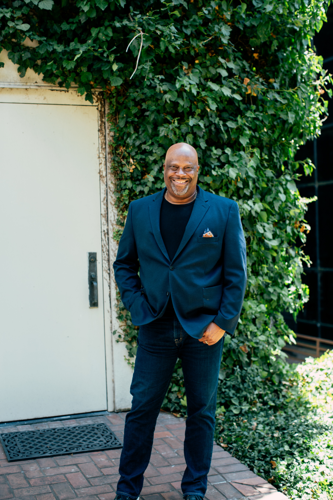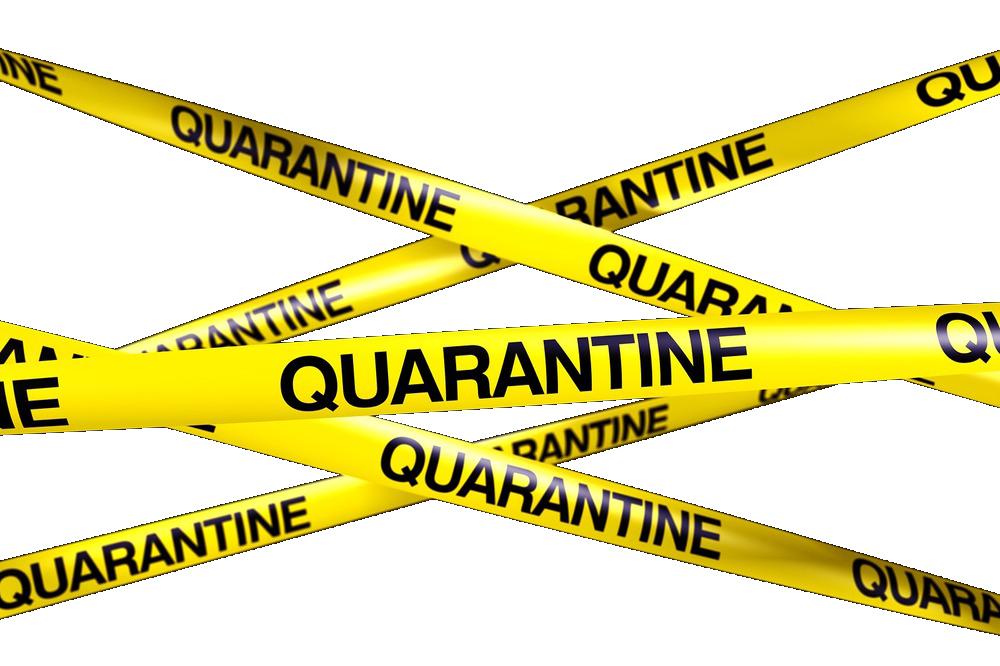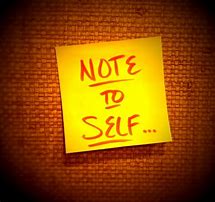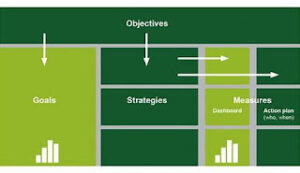Man Down – Take a Knee!
 With the 2022 football season well underway, I recalled a blog post that I wrote way
With the 2022 football season well underway, I recalled a blog post that I wrote way
back in 2016 – but never posted. It was early in that year’s football season that quarterback Colin Kaepernick decided to take a knee in silent protest of social injustices that he believed were going unanswered in America. Many in the NFL, its fans, influencers, and political figures didn’t like it.
I had my perspectives on the whole thing – a perspective that I believe many
shared. But decided to remain quiet. The block was hot!
At that time, I was at the height of fundraising for the museum project. I was pushing hard to win friends and influence people all over the country, and across the political spectrum. As the saying goes, sometimes discretion is the better part of valor.
Times have changed – a little. In 2020, following the murder of George Floyd, the nation became far more sensitive to the protestations of those who are othered in our society. While American politics may be as polarized as ever, even the NFL has turned over a new leaf. As I watched Monday Night Football last night, I reflected on all of
this as I saw social justice themes in end zones and on helmets.
End Racism! Stop Hate! It Takes All of Us! Inspire Change! And even Black Lives Matter
slogans flashed across the screen.
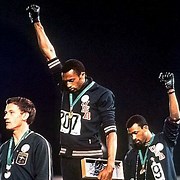 I thought about Colin Kaepernick and the injury he suffered because of what I believe
I thought about Colin Kaepernick and the injury he suffered because of what I believe
is the very reasonable position that he took. I thought also about Mahmoud Abdul-Rauf, an NBA player who also protested and was marginalized; and about Muhammad Ali, Tommie Smith and John Carlos, and Paul Robeson who came before him.
Protest has always been a part of the Black experience in America, has always
been a part of sports, and was even central in the formation of our country to
begin with. Protest is patriotic.
In particular, I think that the significance and meaning of taking a knee has been completely overlooked in the Kaepernick circumstance. It just doesn’t make sense. In some ways, those who are/were most bothered by his protest should have most pleased with the way he chose to make his point.

Boston Tea Party re-enactment.
Following
is the way that I put it in 2016:
As I’m sitting here on a beautiful September
Saturday watching a little college football, I see something interesting…
A player gets hurt and the medics rush out to
offer assistance. The treatment is extended and the announcers run out of thoughtful
commentary, so they head for a break. As the network prepares to go to
commercial, the camera pans the field and I see something of note: Players, on
both teams, are on their respective sidelines down on one knee.
This brings to mind my own underachieving days playing high school football. Taking a knee was something we did
often. Sometimes to catch our breath,but more often at times when we needed to pay attention or to pay respect. Or
even to pray.
Taking a knee was something that my teammates and I did during times when we needed to focus. We needed to listen to the coach and learn something new; we needed to gain understanding. Maybe we’d take a knee because we were hurt ourselves, or we’d send good vibes or say a prayer for a man who was down.
Never was taking a knee a tool for communicating disinterest, disengagement or disrespect.
So, as the medics did their work and the TV goes to commercial, I could just imagine the coaches saying, “Man down –
everybody take a knee.”
Contrast this then with the controversy over San Francisco 49ers quarterback Colin Kapernick’s decision to take a knee when the Star-Spangled Banner is played. I understand that this is not the standard way off showing respect when this song is played, but, with the above as context, I have a tough time understanding why there is an issue at all.
Veterans are supporting him. Jersey sales are through the roof. Yet, there’s a controversy. Seems I’m not the only one who doesn’t understand why.
I won’t comment on the lax gun laws that contribute to senseless deaths all over the country. Never mind the scores of
police murders of Black and Brown people.
Let’s overlook the corruption in the San Francisco and Oakland, California police departments. We don’t have to explore the racist words of the song in question. And we can save discussion about the public servants who do nothing about it all for another day.
No matter what your perspective may be… Putting all of that aside… It’s clear that there is a man down.
Children and mothers are being gunned down in the streets of Chicago, in schools, night clubs and in movie theatres. Man down!
People are being killed for selling loose cigarettes, or while meandering with skittles and iced tea. Man down!
Wages are stagnant, the middle class has nearly disappeared, and unemployment remains at epidemic levels for people of color. Man down!
Tax policy continues to favor job and productions exports. Man down!
Public education is failing kids in urban communities around the nation. Man down!
Addressing these issues requires listening to one another. Resolving them will require learning from one another. Solving these issues requires focus.
We may even need to catch our breath. Prayer would most certainly help. Players, spectators, coaches and commentators are all hurt themselves.
Yet there’s controversy because athletes won’t stand for a song. There’s a man down.
Seems to me the only respectful thing to do is to take a knee.
“Man down. Take a knee!”

